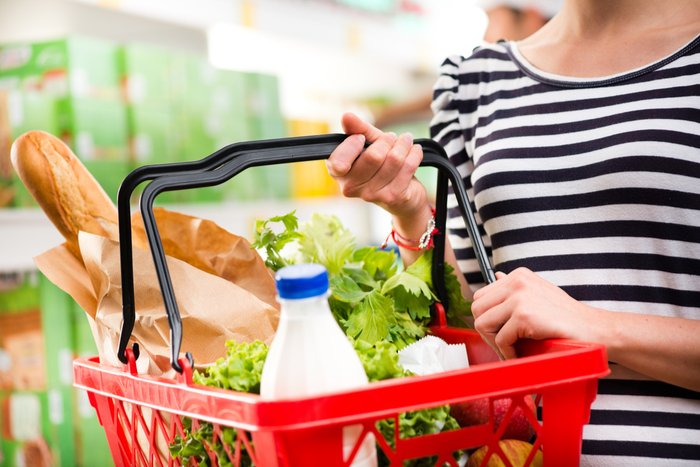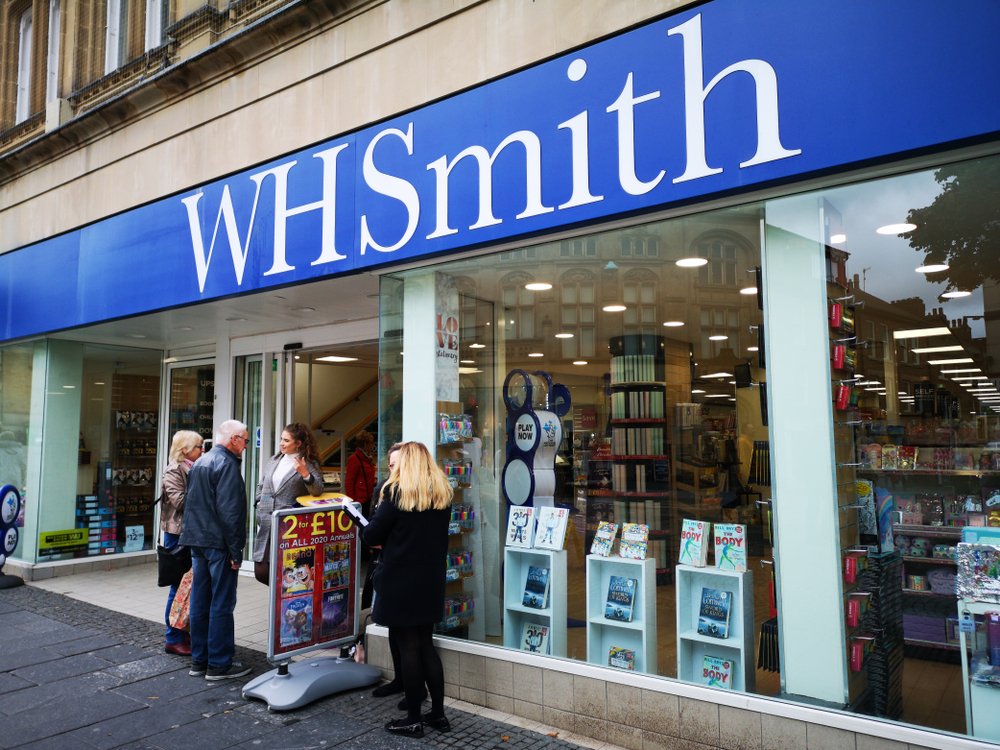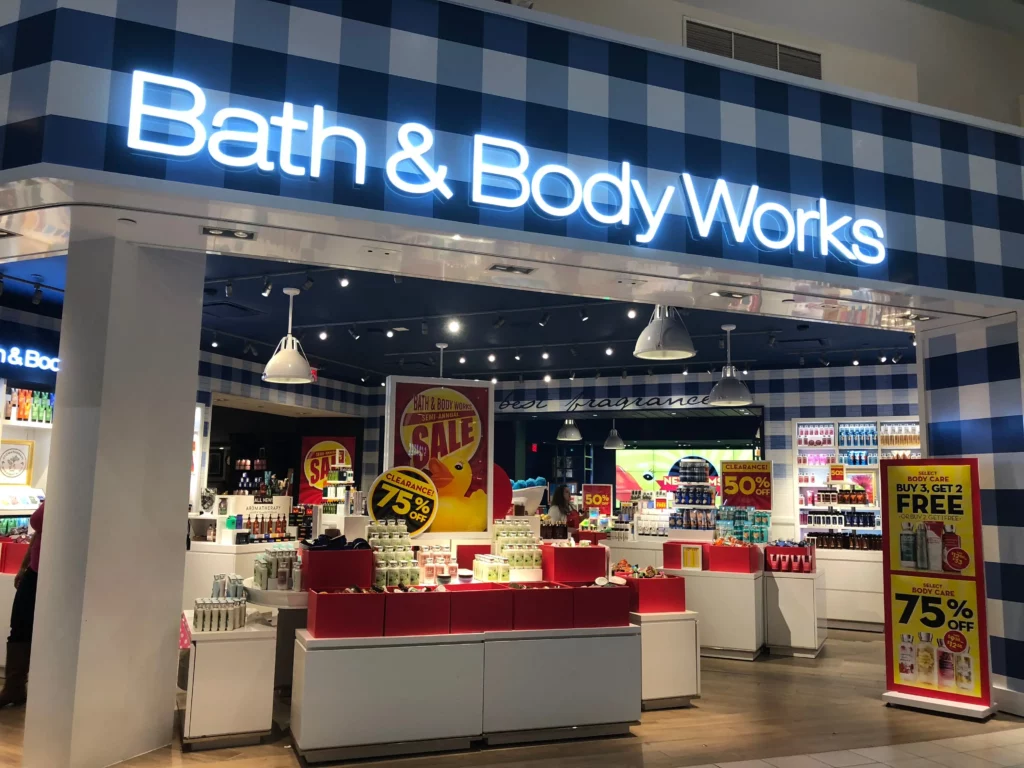It may only be January but we already know one of the big retail trends of 2022 – rising prices.
Retail CEOs across the spectrum have warned that they will have to increase prices in the face of rising manufacturing and shipping costs.
But which sectors will see the biggest price hikes?
Food – ↑5%
The big grocery bosses have already flagged that food prices will go up in the year as they grapple with rising costs.
Tesco revealed its costs are rising at around 5% annually, up from its usual level of between 2% to 3%, and prices were currently up about 1% for consumers.

Tesco boss Ken Murphy said earlier this month: “We have been in a state of deflation in food for the past 10 years and it is possible we will see some inflation but we will do our best to minimise it.”
Price rises are already evident in grocery. In December they rose 1.3% month on month, according to Consumer Price Index. This is the highest rate of growth in December since 2012.
The biggest price rises came from bread and cereals, meat, vegetables and potatoes.
As well as rising oil and transport costs, the grocers are experiencing rocketing commodity increases.
Shore Capital director and head of research Clive Black says between October 2020 and September 2021, corn prices rose by 40%, soybean prices by 35% and wheat by 45% due to harvest volumes and distribution issues leading to demand outstripping supply.
Black believes price could rise as much as 5% in the first quarter with “pressure to remain at the fore throughout 2022”.
Trading Economics concurs and forecasts food inflation will peak at 4.5% in the first quarter with increases slowing to 1.8% in the fourth quarter of 2022.
Clothing ↑3%
Clothing prices will also rise in the year ahead. Next boss Lord Wolfson warned its autumn winter 2022 range to be 6% higher due to the “persistence of higher freight rates”, increases in manufacturing costs and wage inflation.

Next is not alone. Two thirds of the more than 200 fashion executives surveyed in the Business of Fashion and McKinsey’s State of Fashion 2022 report expected prices to rise in 2022 with an average price increase of 3% predicted.
Meanwhile, a worrying 15% of executives polled said they planned on increasing prices by more than 10% in 2022.
Inflation in fashion is caused by a combination of material shortages, transportation bottlenecks, and rising shipping costs.
Electricals ↑8%
Alex Baldock, the chief executive of electricals market leader Currys, warned that it was “inevitable” that shoppers would pay more for their electronic goods this year.
He refused to say how much its prices would rise but retail analysts believe it electricals could cost 8% more this year across the market.

Alongside rising shipping costs, the electronics industry is also facing a global micro chip shortage, which GlobalData retail analyst Suresh Sunkara believes will continue into 2023.
Sunkara says this will cause a lack of supply of major technology, which combined with demand for products such as PCs, laptops and 5G devices, will lead retailers to pass price rises onto the consumer rather than absorbing them.
“Given the massive shift to online and ‘work from home’ culture, it is certain that consumers will spend on these items,” he says. “However, the financial uncertainty might force them to trade down on their preferred purchases.”
However, Retail Economics chief executive Richard Lim disagrees and thinks consumers may be put off making big electricals purchases.
“The electricals sector is incredibly price sensitive plus a lot of demand was pulled forward because of the pandemic. Those working from home have bought their technology and upgraded home entertainment plus there’s no new releases in gaming,” he says.
READ MORE: Food inflation hits highest level since March 2019
Beauty ↑4%
Shoppers can expect price hikes in toiletries too. Procter & Gamble, which owns major health and beauty brands including Pantene, Head & Shoulders and Gillette, has warned that skyrocketing freight prices and an increase in costs for ingredients like resins, palm oil and chemicals mean prices will rise in the first half of 2022.

Rival Unilever, which owns brands such as Dove and Lynx, has also raised prices 4% across the group in the last quarter and boss Alan Jope warned that it hadn’t “reached peak inflation yet”.
Home & DIY ↑10%
Prices have been rising across home and DIY with retailers including Topps Tiles, Dunelm, and Ikea flagging hikes on their products over the past month.

Ikea said that because of disruption and inflation in the supply chain prices in the UK had jumped 10%.
Click here to sign up to Retail Gazette‘s free daily email newsletter

















